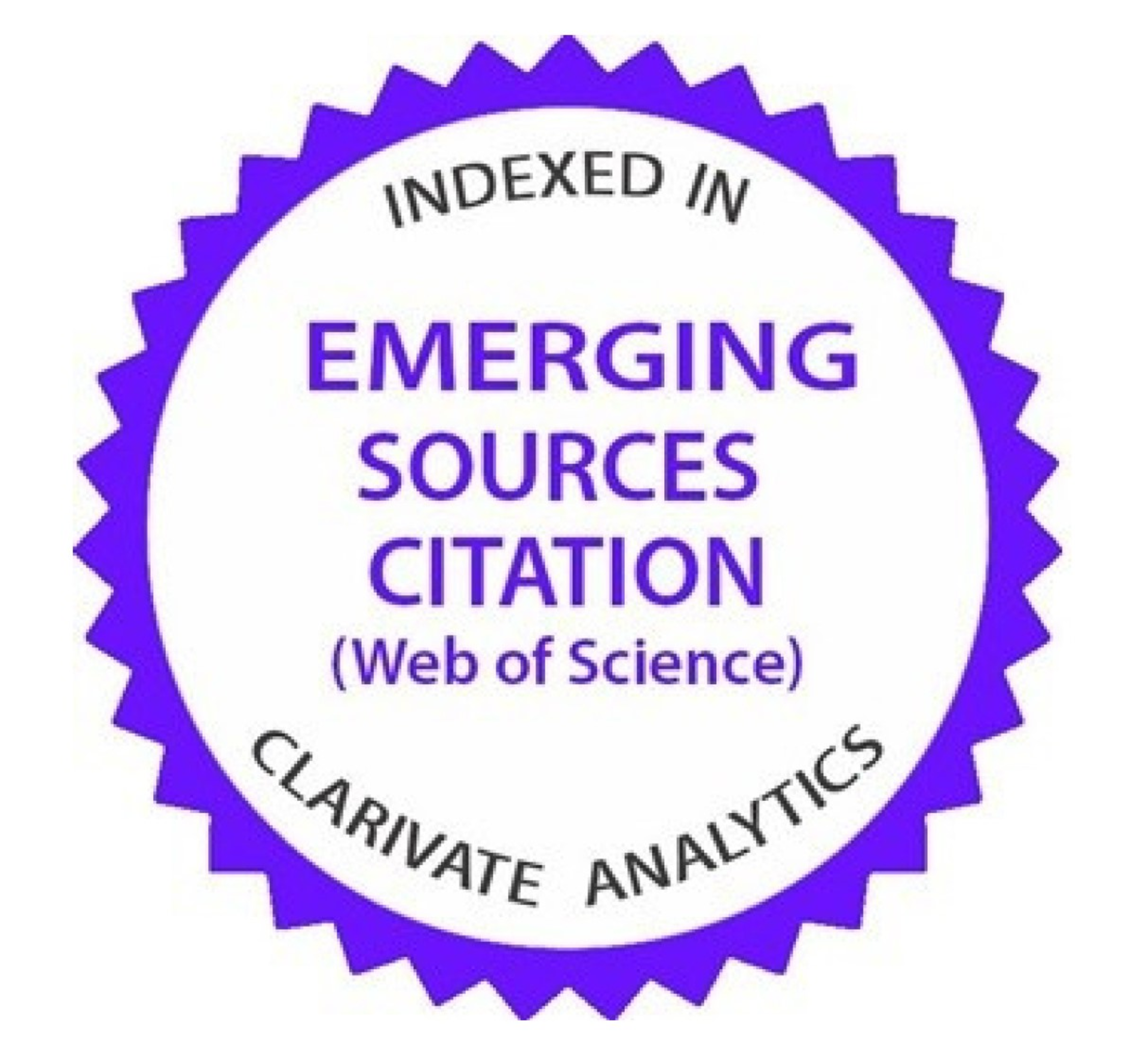Symbolism of sacred and profane animals in the Quran
Downloads
Ahmed AS (1983) Islamic Anthropology. Baghdad: Saudi Publishing.
Bahjat A (1982) Animals in the Glorious of Quran. [Accessed 22 February 2019]. http//www.islamicbasic.com.
Bennett C (2002) In Search of the Sacred: Anthropology and the Study of Religions. New York: Cassell.
Birruni T (2012) Kisah Binatang Terbaik dalam Al-Quran. Yogyakarta: Qultum Media.
Butterlin P (2015) Late Chalcolithic Mesopotamia: Towards a Definition of Sacred Space and Its Evolution. East. In: N Laneri (ed). Defining the Sacred: Approaches to the Archaeology of Religion in the Near. Philadelphia: Oxbow Books.
Creswell JW (2007) Qualitative Inquiry and Research Design: Choosing Five Among Approaches. London: Sage.
Dahlan-Taylor M (2016) Beyond barbarity and concealment: Animal sacrifice and religious slaughter in Islamic responses to postdomesticity. Culture and Religion, 17 (3):352-365. https://doi.org/10.1080/14755610.2016.1216456.
De Mello M (2012) Animals and Society: An Introduction to Human-Animal Studies. New York: Columbia University Press.
Depag (2011) Quran dan Terjemahan. Jakarta: Media Plus.
Dundes A (2003) Fables of the Ancients? Folklore in the Quran. Oxford: Roman & Littlefield Publishers.
Dundes A (2007) Meaning of Folklore. USA: Utah State University.
Eason C (2007) Fabulous Creatures, Mythical Monsters, and Animal Power Symbols: A Handbook. London: Greenwood.
Elidae M (1959) Sacred and Profane: The Nature of Religion. New York: Harvest Books.
Foltz RD (2006) Animals in Islamic. England: Oxford.
Fromm E (1973) The Anatomy of Human Destructiveness. New York: Holt, Rinehart and Winston.
Geertz C (2002) Hayat dan Karya: Antropolog Sebagai Penulis dan Pengarang. Yogyakarta: LkiS.
Gore-Jones L (2015) Animals, humans, angels and God: Animal symbolism in the historiography of the ‘Animal Apocalypse' of 1 Enoch. Journal for the Study of the Pseudepigrapha, 24:268-287. https://doi.org/10.1177/0951820715590547.
Hassan A & Sadek S (2015) Animals symbolism in India American poetry. European Scientific Journal 11:61-81.
Hassig D (1995) Medieval Bestiaries: Text, Image, Ideology. New York: Cambridge University Press.
Hidayat D (2010) Binatang dalam Al-quran: Tafsir Mawdhí»'iy. Thesis, UIN Kalijaga, Yogyakarta.
Jensen HJ (2017) Aniconic propaganda in the Hebrew Bible, or: The possible birth of religious seriousness. Religion, 47 (3):399-407. https://doi.org/10.1080/0048721X.2017.1295827.
Khuli A & Zayd NH (2005). Metode Tafsir Kesastraan atas Al-Quran. Yogyakarta: Binamedia.
Khusen M (2012) From Shari'a A'yniyya to Shari'a Hududiiya: Shahrour's Interpretation on Qur'anic Legal Verses. Al-Jamiah 50:431-459.
King VT & Wilder WD (2003) The Modern Anthropology of South-East Asia. London: Routledge.
Kitchell KF (2013) Animals in the Ancient World: From A to Z. New York: Routledge.
Leaman O (ed) (2006) The Quran Encyclopedia. London: Routledge.
Lévi-Strauss C (1962) Savage Mind. London: Nicholson Ltd.
Lévi-Strauss C (1963) Structural Anthropology. New York: Basic Books.
Lévi-Strauss C (1969) The Elementary Structures of Kinship. Toronto: Beacon Press.
Lévi-Strauss C (1997) Look, Listen, and Read. New York: Basic Books.
Lévi-Strauss C (2001) Myth and Meaning. New York: Routledge.
Morris B (2005) Religion and Anthropology: A Critical Introduction. Cambridge: Cambridge University Press.
Mu'nis MH (2009) Memahami Islam melalui 20 Ayat Quran. Yogyakarta: Mizania.
Petropoulou MZ (2008) Animal Sacrifice in Ancient Greek, Judaism, and Christianity, 100 BC to AD 200. New York: Oxford.
Propp V (1968) Morphology of the Folktale. Austin: University of Texas Press.
Qardawi Y (2001) Approach the Quran. Cairo: Al-Falah Foundation.
Rahman A (2007) Ensiklopediana Ilmu dalam Al-Quran. Bandung: Mizania.
Rahtika Y & Rusmana D (2013). Metodologi Tafsir Al-Quran: Strukturalisme, Semantik, Semiotik, dan Hermeneutik. Bandung: Pustaka Setia.
Recht L (2015) Identifying Sacrifice in Bronze Age Near Eastern Iconography. In: N Laneri (ed). Defining the Sacred: Approaches to the Archaeology of Religion in the Near East. Philadelphia: Oxbow Books.
Saeed A (2006) Interpreting Quran. Routledge: New York.
Sibawaihi (2007) Hermeneutika Quran (Fazlur Rahman). Yogyakarta: Jalasutra.
Schaefer DO (2015) Do animals have religion? Interdisciplinary perspectives on religion and embodiment. Anthrozoös 25:173-189. https://doi.org/10.2752/175303712X13353430377291.
Sims M & Stephen M (2011) Living Folklore. USA: Utah State University.
Shihab Q (2007) Wawasan Al-Quran: Tafsir Maudhí»'i atas Pelbagai Persoalan Umat. Yogyakarta: Mizan.
Skrobonja A, Kontosic I, Bacic J, Vucevac-Bajt V, Muzur A & Golubovic V (2001) Domestic animals as symbols and attributes in christian Iconography: Some example from Croatian sacral art. Vet. Med.-Czech, 46 (4):101-107. https://www.agriculturejournals.cz/publicFiles/140926.pdf.
Strinati D (2007) Popular Cultural. Terjemahan. Yogyakarta: Jejak.
Tlili S (2012) Animals in the Quran. New York: Cambridge.
Watanabe CE (2016) The symbolic role of animals in Babylon: A contextual approach to the lion, the bull and the mušḫuššu. Iraq (77):215-224. https://doi.org/10.1017/irq.2015.17.
Worcester J (2017) The Animals of the Bible and Their Correspondences. South Yarra: Trieste Publishing.
Wilson EO (1984) Biophilia: The Human Bond with Other Species. London: Harvard University.
Yahya H (2003) True Wisdom Described in the Quran. New Delhi: Goodworld Books.
Copyright of this journal is possession of Editorial Board and Journal Manager, by the knowledge of the author, while the moral right of the publication belongs to the author.
The formal legal aspect of journal publication accessibility refers to Creative Commons Attribution-NonCommercial-ShareAlike (CC BY-NC-SA), implies that publication can be used for non-commercial purposes in its original form (cannot be modified).
Every publication (printed/electronic) are open access for educational purposes, research, and library. Other than the aims mentioned above, the editorial board is not responsible for copyright violation.
















